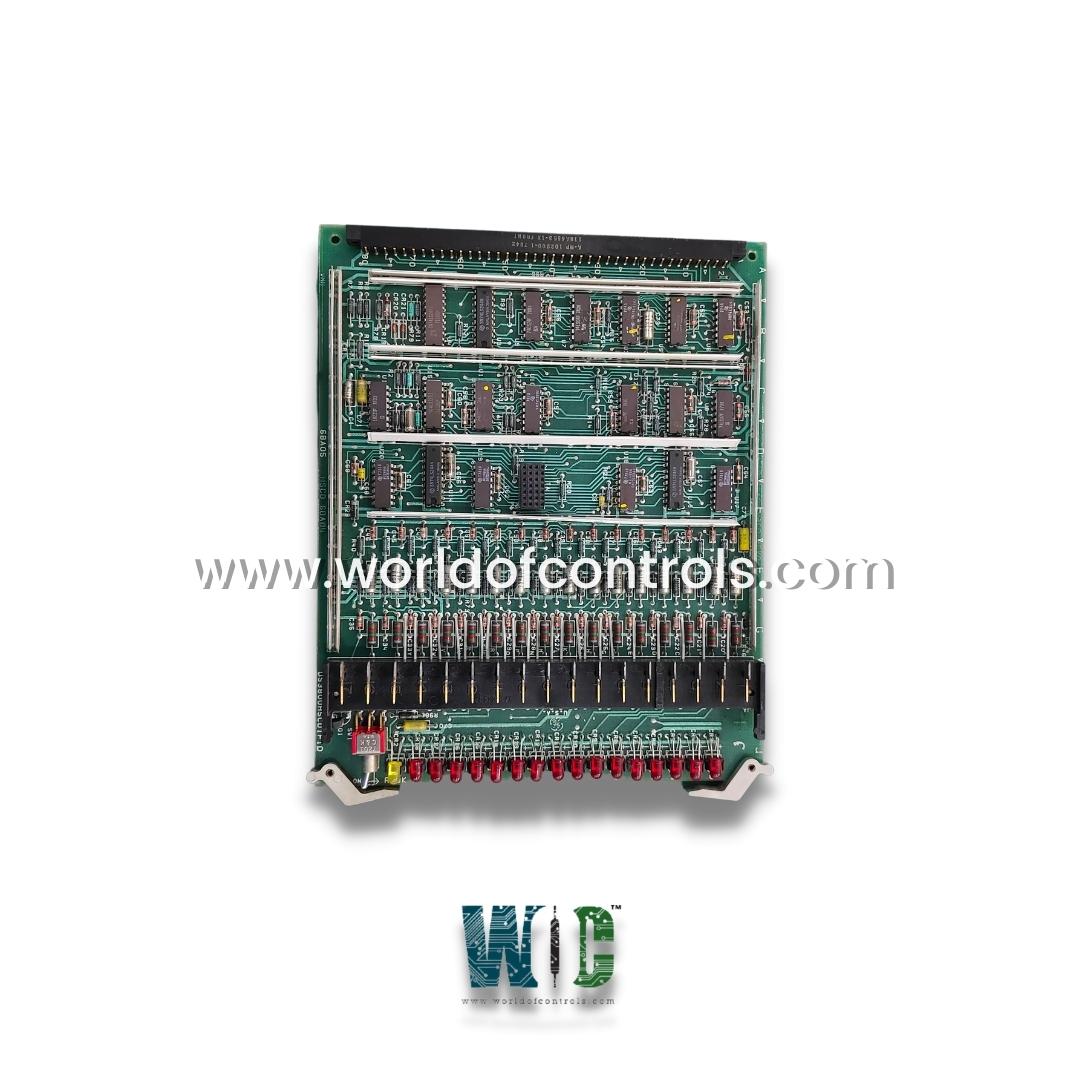
World Of Controls understands the criticality of your requirement and works towards reducing the lead time as much as possible.
DS3800HSCD1F1D - High-Level Non-Isolated Input Board is available in stock which ships the same day.
DS3800HSCD1F1D - High-Level Non-Isolated Input Board comes in UNUSED as well as REBUILT condition.
To avail our best deals for DS3800HSCD1F1D - High-Level Non-Isolated Input Board, contact us and we will get back to you within 24 hours.
SPECIFICATIONS:
Part Number: DS3800HSCD1F1D
Manufacturer: General Electric
Series: Mark IV
Product Type: High-Level Non-Isolated Input Board
Input Type: Digital (High-Level, Non-Isolated)
Number of Input Channels: 8
Input Voltage Range: 48V
Input Impedance: 20 k Ohms
Output Current: ±2A to ±6A
Max Output Channels: 6-12 outputs
Isolation Voltage: 2.5 kV
Mounting Type: DIN rail
Power Supply: 110-240 V AC / 24 V DC
Operating Temperature: -20°C to +60°C
Size: 8.25 cm high x 4.18 cm
Repair: 3-7 days
Availability: In Stock
Country of Origin: United States
FUNCTIONAL DESCRIPTION:
DS3800HSCD1F1D is a High-Level Non-Isolated Input Board manufactured and designed by General Electric as part of the Mark IV Series used in GE Speedtronic Gas Turbine Control Systems. The High-Level Non-Isolated Input Board is an industrial interface module designed to receive and process high-voltage digital input signals from field devices such as limit switches, relays, and sensors. Unlike isolated input boards, this type of board does not provide galvanic isolation between the input signals and the control system, making it ideal for applications where all components share a common ground reference. These boards are typically used in environments where isolation is not required and faster signal response is preferred. They offer reliable performance in PLCs, turbine control systems, and other automation platforms.
INSTALLATION:
The board operates by detecting the presence or absence of a voltage signal, typically ranging from 48V to 125V DC or AC, at its input terminals. Each channel on the board converts the high-level voltage input into a logic-level signal that can be interpreted by the control system. The non-isolated nature of the board allows for quicker signal transmission and reduced component complexity. Built-in filtering and signal conditioning circuitry ensure that noise and transient signals are minimized, allowing accurate signal detection. Since the board shares a common ground with the rest of the system, connected devices must be properly grounded to prevent potential damage or signal errors.
OPERATIONS:
The board is typically mounted in a control cabinet using standard DIN-rail or chassis mounts. Input wires from field devices should be connected to the appropriate terminal blocks, ensuring that voltage ratings and polarity are observed. As the board does not provide isolation, the control system and field wiring must share a common ground, which should be low-impedance and securely connected. Before powering the system, all connections should be verified for accuracy and compliance with safety standards. Proper labeling and documentation during installation help in future maintenance and troubleshooting tasks.
WOC maintains the largest inventory of replacement parts for GE Speedtronic Turbine Control Systems. Additionally, we offer warranty-backed unused and rebuilt boards as well as board repairs for your damaged ones. For your OEM needs, our team of professionals is available around the clock. We at WOC are happy to help you with any needs you may have in terms of automation. Please contact our team by phone or email for pricing and availability on any components and repairs.
What is a High-Level Non-Isolated Input Board?
A High-Level Non-Isolated Input Board is a digital input module that accepts high-voltage signals (typically 48V to 125V DC/AC) without electrical isolation between the input and the control system. It’s used for monitoring the status of field devices like relays and limit switches.
What is the difference between isolated and non-isolated input boards?
The key difference is electrical isolation. Isolated input boards have circuitry (like opto-isolators) to separate field signals from the control system, while non-isolated boards share a common ground. Non-isolated boards are simpler and faster, but require all connected systems to have a shared ground.
What logic levels correspond to ON and OFF states in the control system?
The board usually converts high-level voltage inputs to TTL (Transistor-Transistor Logic) or CMOS-compatible logic levels. For example, an input voltage of 48–125V may correspond to a logic high (1), while 0–10V corresponds to a logic low (0), depending on threshold settings.